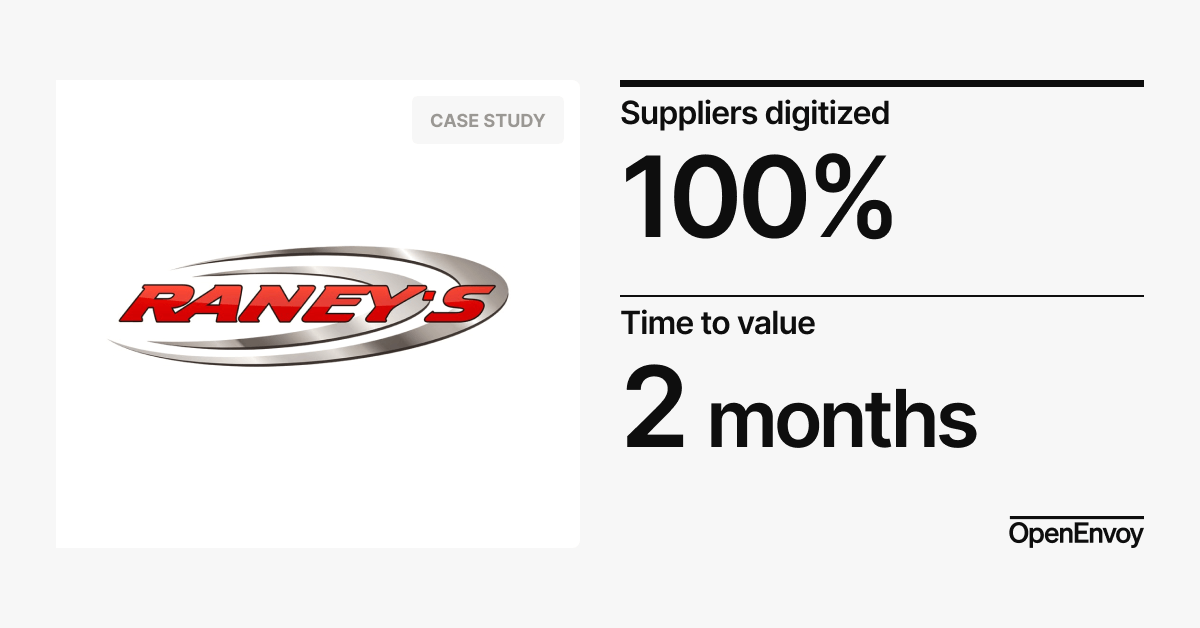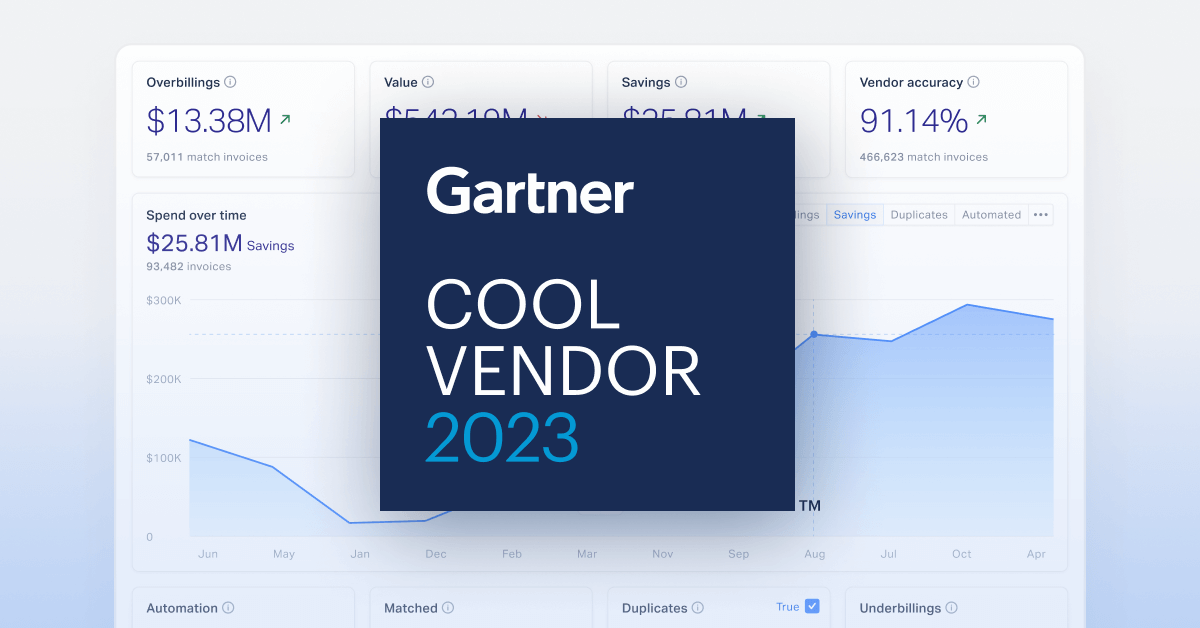In a recent webinar, Gartner's Director Analyst Micky Keck provided a strategic guide for finance leaders facing a rapidly evolving AP environment. With AI adoption surging and profitability demands increasing, Keck emphasized that modernizing AP means eliminating legacy tasks through AI-driven automation. This shift enables companies to reduce labor costs, achieve near-perfect accuracy, and increase throughput.
A breakdown of the five critical steps companies must leverage for AP success with AI
- Be open to eliminating legacy tasks
-
Nail the first step of automation: capture
- Understand the economics of using AI
-
Solve the non-PO invoice problem
-
Strengthen supplier relationships
1. Be open to eliminating legacy tasks
To drive focused improvements, start by thoroughly analyzing your AP workflow. Micky highlights the importance of mapping each step—from invoice receipt to payment—to uncover hidden inefficiencies and error-prone areas. Stay open to distinguishing essential tasks from those that could be eliminated.
Key Takeaways:
-
Identify all invoice entry points (email, paper, etc.) to better understand flow and frequency.
-
Pinpoint delays or bottlenecks to streamline the approval process.
-
Track issues like payment discrepancies to assess overall impact.
- Evaluate which steps and workflows may be unnecessary with AI, allowing for a streamlined, modernized approach
A clear understanding of your processes is foundational for any organization effort.”
Micky Keck, Director Analyst Gartner
2. Nail the first step of automation: capture
Effective AP automation starts with precise, reliable data capture. This initial step reduces errors, improves processing times, and enhances supplier satisfaction.
Key takeaways:
-
The sooner you capture data accurately, the fewer issues arise downstream.
-
Portals are often unpopular with suppliers—focus on simpler, supplier-friendly solutions.
- Accurate capture unlocks insights for strategic cost savings.
Effective capture technology saves time, reduces disputes, and ultimately makes AP a smoother, faster process for both companies and suppliers.”
Micky Keck, Director Analyst Gartner
3. Understand the economics of using AI
AI-powered AP automation can reduce manual tasks, improve speed, and drive accuracy, resulting in significant cost savings.
Performance insights:
-
Cost per Invoice Processed: Best-in-class: $3.12 | Average: $13.11
-
Processing Time: Best-in-class: 3.71 days | Average: 19.37 days
-
Exception Rate: Best-in-class: 12% | Average: 29%
- Staff Time on Inquiries: Best-in-class: 15% | Average: 29%
When AI can handle the routine, error-prone tasks, we see costs drop dramatically, from $13/invoice down to as low as $3 for best in-class. This kind of efficiency isn't just faster, it's also more accurate, freeing up staff to focus on higher value work and creating a huge cost-saving opportunity.”
Micky Keck, Director Analyst Gartner
4. Solve the non-PO invoice problem
Non-PO invoices often add unnecessary complexity. Micky suggests a proactive, structured approach to minimize delays and errors.
Best practices:
-
Set specific instructions for non-PO invoices.
-
Choose technology allowing you to streamline processing with designated approval routes.
- Leveraging technology provides insights into non-PO spending, aiding contract negotiations.
Effectively managing non-PO invoices leads to savings and efficiency gains”
Micky Keck, Director Analyst Gartner
5. Strengthen Supplier Relationships
Automated AP not only improves internal efficiency but also strengthens supplier relationships—unlocking better terms and smoother transactions.
Key strategies:
-
Offer Flexible Payments - enabling dynamic discounting for suppliers while optimizing cash flow.
-
Automated error detection minimizes mismatches, fostering smoother supplier interactions.
- Reducing backlogs creates a more efficient, positive experience for both teams and suppliers.
Building trust with suppliers can open doors to negotiation.”
Micky Keck, Director Analyst Gartner






